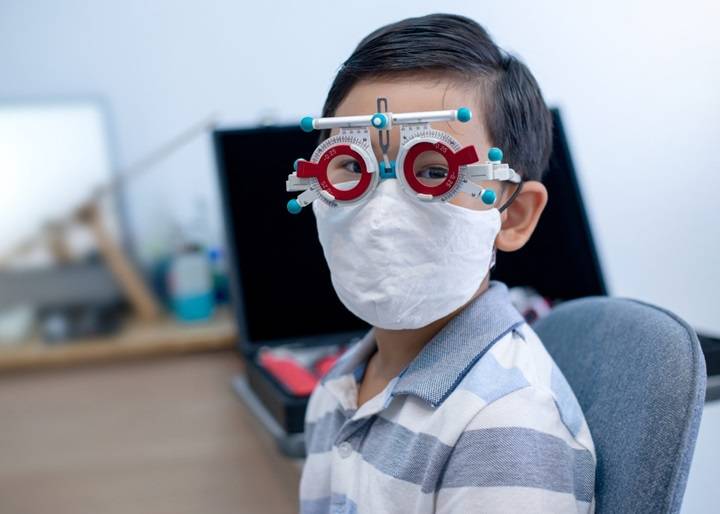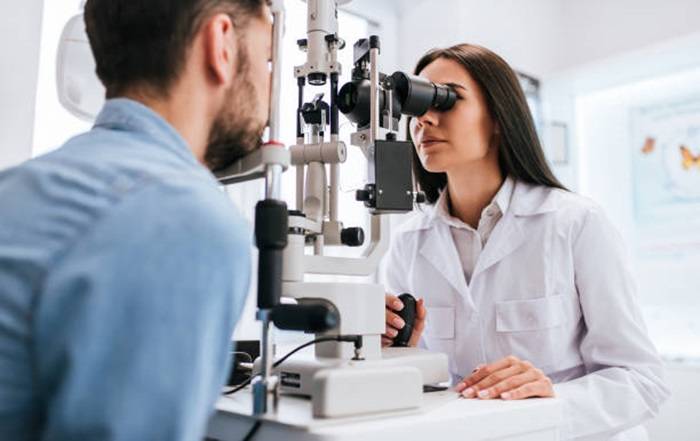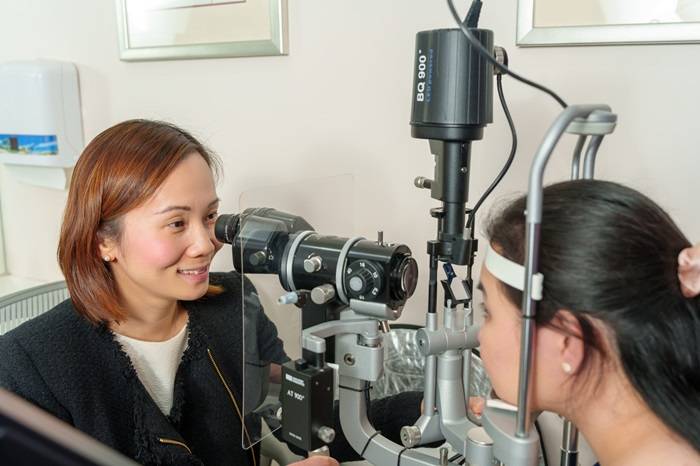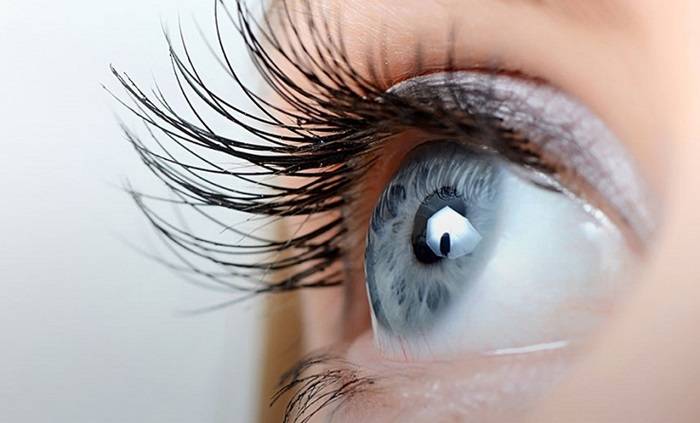Finding the right eye doctor is crucial for maintaining good vision and overall eye health. Whether you need a routine eye exam, new glasses, or treatment for an eye condition, knowing how to find the best eye doctor near you is essential. In this comprehensive guide, we will explore the different types of eye doctors, what to look for when choosing one, and tips for ensuring you receive top-notch eye care.
Types of Eye Doctors
Understanding the different types of eye doctors is the first step in finding the right one for your needs.
Optometrists
Optometrists are healthcare professionals who provide primary vision care. They perform eye exams, prescribe corrective lenses, and diagnose and manage various eye diseases. Optometrists typically hold a Doctor of Optometry (OD) degree.
Ophthalmologists
Ophthalmologists are medical doctors who specialize in eye and vision care. They can perform eye exams, diagnose and treat eye diseases, prescribe medications, and perform eye surgery. Ophthalmologists hold a Doctor of Medicine (MD) or Doctor of Osteopathy (DO) degree and have completed specialized training in eye care.
Opticians
Opticians are technicians trained to design, verify, and fit eyeglass lenses and frames, contact lenses, and other devices to correct eyesight. They work based on prescriptions from optometrists or ophthalmologists but do not perform eye exams or diagnose eye conditions.
How to Choose the Best Eye Doctor Near You
Selecting the right eye doctor requires careful consideration of several factors.
Qualifications and Experience
When searching for an eye doctor, it’s essential to check their qualifications and experience. Look for doctors who are board-certified and have a solid track record in treating patients. Experience in treating specific eye conditions or performing surgeries can also be a significant factor in your decision.
Reputation and Reviews
Online reviews and testimonials can provide valuable insights into an eye doctor’s reputation. Websites like Yelp, Google Reviews, and Healthgrades allow patients to share their experiences. Look for eye doctors with consistently positive feedback and high ratings.
Services Offered
Different eye doctors may offer various services. Ensure the doctor you choose provides the specific care you need, whether it’s routine eye exams, specialty contact lens fittings, or surgical procedures. Some clinics may also offer advanced diagnostic tools and treatments.
Technology and Equipment
Modern eye care relies heavily on advanced technology. Clinics equipped with the latest diagnostic and treatment tools can offer more accurate diagnoses and better treatment outcomes. When choosing an eye doctor, inquire about the technology they use.
Convenience and Accessibility
Consider the location and office hours of the eye doctor. Choose a doctor whose clinic is conveniently located and offers hours that fit your schedule. Additionally, check if they accept your insurance plan to avoid unexpected costs.
Preparing for Your Eye Doctor Appointment
Preparing for your eye doctor appointment can help you make the most of your visit.
Gather Your Medical History
Before your appointment, gather your medical history, including any previous eye conditions, surgeries, and medications you are taking. This information can help your eye doctor provide better care.
List Your Symptoms
If you are experiencing any eye problems, make a list of your symptoms. Note when they started, how often they occur, and any factors that seem to trigger or alleviate them.
Prepare Questions
Prepare a list of questions to ask your eye doctor. This can include questions about your vision, potential treatments, and ways to maintain or improve your eye health.
What to Expect During an Eye Exam
Understanding what happens during an eye exam can help you feel more comfortable and prepared.
Comprehensive Eye Exam
A comprehensive eye exam typically includes several tests to evaluate your vision and eye health. These tests may include:
-
Visual Acuity Test: Measures the sharpness of your vision using an eye chart.
-
Refraction Test: Determines your exact prescription for glasses or contact lenses.
-
Eye Muscle Test: Assesses the function of the muscles controlling eye movement.
-
Visual Field Test: Checks for gaps in your peripheral vision.
-
Slit Lamp Exam: Uses a microscope to examine the structures of your eye.
-
Retinal Exam: Inspects the retina and optic nerve for signs of disease.
-
Tonometry: Measures the pressure inside your eye to check for glaucoma.
Specialized Tests
Depending on your age, health history, and symptoms, your eye doctor may perform additional tests. These could include imaging tests like optical coherence tomography (OCT) or corneal topography.
Common Eye Conditions and Treatments
Knowing about common eye conditions and their treatments can help you understand your eye doctor’s recommendations.
Myopia (Nearsightedness)
Myopia causes distant objects to appear blurry. It can be corrected with glasses, contact lenses, or refractive surgery such as LASIK.
Hyperopia (Farsightedness)
Hyperopia makes nearby objects appear blurry. Like myopia, it can be corrected with glasses, contact lenses, or surgery.
Astigmatism
Astigmatism is a common condition where the cornea is irregularly shaped, causing blurred vision. It is usually corrected with glasses, contact lenses, or surgery.
Presbyopia
Presbyopia is an age-related condition that makes it difficult to see close objects. It is often corrected with reading glasses or multifocal lenses.
Cataracts
Cataracts cause the lens of the eye to become cloudy, leading to blurred vision. Cataract surgery is a common and effective treatment. If you’re considering vision correction, you may want to explore the best laser eye surgery in London for a comprehensive solution to your eye care needs.
Glaucoma
Glaucoma is a group of diseases that damage the optic nerve, often due to high eye pressure. Treatments include medications, laser therapy, and surgery.
Macular Degeneration
Macular degeneration affects the central part of the retina, leading to vision loss. Treatments include medications, laser therapy, and lifestyle changes.
Dry Eye Syndrome
Dry eye syndrome occurs when your eyes don’t produce enough tears. Treatments include artificial tears, medications, and lifestyle changes.
Maintaining Good Eye Health
Taking steps to maintain good eye health can prevent many vision problems.
Regular Eye Exams
Regular eye exams are crucial for detecting problems early. Adults should have an eye exam every one to two years, while children and older adults may need more frequent exams.
Healthy Diet
A diet rich in fruits, vegetables, and omega-3 fatty acids can support eye health. Foods like spinach, carrots, and fish are particularly beneficial.
Protective Eyewear
Wear sunglasses to protect your eyes from harmful UV rays. If you play sports or work in environments with potential eye hazards, use appropriate protective eyewear.
Limit Screen Time
Prolonged screen time can strain your eyes. Follow the 20-20-20 rule: every 20 minutes, look at something 20 feet away for at least 20 seconds.
Quit Smoking
Smoking increases the risk of eye diseases like cataracts and macular degeneration. Quitting smoking can significantly improve your eye health.
Related Post:
Shop Backpacks on Sale: Unbeatable Deals You Can’t Miss!
Unveiling the Truth: Who is Travis Kelce’s Ex-Girlfriend?
10-Day Weather Forecast: Your Ultimate Guide to Preparing for Every Condition
Finding the best eye doctor near you involves considering qualifications, reputation, services offered, and convenience. Preparing for your appointment and understanding common eye conditions and treatments can help you make informed decisions about your eye care. By maintaining good eye health practices and having regular eye exams, you can protect your vision for years to come. Remember, your eyes are your windows to the world – take good care of them.




